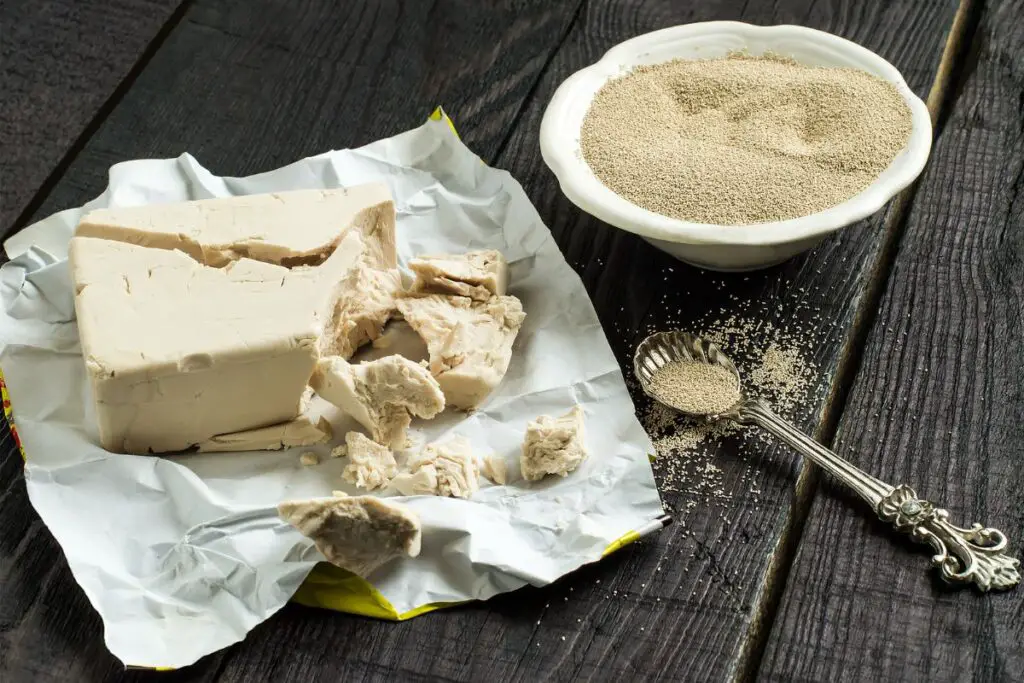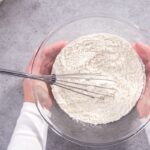Quick summary: No, yeast does not go bad in the usual sense, but it will lose its potency over time. If you’re not sure if the yeast will do its job properly, check its rising abilities before you ruin your dough.
You already know that there are several types of yeast on the market. There are fresh yeast, active dry yeast, and instant yeast. Some other types are available in stores, but these are the most commonly used for home dough preparation. As experience has shown so far, there are no differences in quality between them. You will simply decide which one you prefer depending on which one is easier for you to work with.
Fresh yeast is understandably the least long-lasting of the three, but there are other differences you need to keep in mind. To immediately ease the question of how to know if the yeast still has the strength, there is a trick. Put some yeast in warm water (or milk, depending on the recipe), add a bit of sugar and watch the reaction. If nothing happens after ten minutes, it is very likely that the yeast no longer has potency. Here are other details about this valuable dough ally.
How Long Does Yeast Last?
This question primarily depends on the type of yeast, so we have to approach it individually. Here’s roughly what you can count on depending on your preferred agent.
Fresh yeast
Fresh yeast is the least durable among its relatives. It is always kept in the refrigerator, and, likely, its shelf life will be at most a few weeks or a month at most. Spoilage or loss of potency won’t happen on the same day written on the back, but from experience, it won’t be much longer. You might get a few days more, but what it says is what you should count on.
Active dry or instant yeast
These yeasts come in a dry powder formula and are pretty long-lasting. You can store them at room temperature or slightly cooler. As a rule, they last for months, and there is no fear of their rapid spoilage. After opening, it would be good to keep the active dry yeast in the fridge, but for both yeasts, after the start, you will have enough time to use up the packaging.
Can Yeast Go Bad?
The more common form of spoilage will be that the yeast no longer does its job well. The dough will remain flat and you can forget about puffy pastries. However, other forms of deterioration are also possible, so here are the signs you should pay attention to.
Sign 1: The smell is off
If spoilage has occurred, the smell will most likely be stronger and unpleasant. This applies to all forms of this leavening agent. If your nose tells you something is wrong, throw away the yeast because the baked goods will not succeed.
Sign 2: Discoloration
This is more likely to occur on fresh yeast. You will be able to notice darker spots on the surface or dried-out light fields. In any case, a color change indicates spoilage.
Sign 3: Changes in texture
For dry versions of yeast, changes in texture may occur if moisture has reached the packaging. In this case, lumps will appear, and the powdered raising agent can go into the trash. Fresh yeast can be over-dried and will become just as stale.
Maybe your flour is a bit outdated, too, so check out these tips on recognizing spoilage and how long flour can last.
Which is the Best Way to Store Yeast?
Yeast storage is best to adapt to the type of product you have. So let’s start in order.
Fresh yeast storage
Fresh dough agents should always be in the refrigerator. That’s how you’ll find it in the store, and that’s how you keep it at home. After opening, if you have leftovers, wrap them well so they are not overexposed to air and return them to the refrigerator. Be sure to use the yeast as soon as possible because its strength may be reduced with time.
Storage of dry yeasts
Dry versions of yeast should be stored in a dry place and at a comfortable temperature. They don’t need to be refrigerated, at least not until you open the package. After opening, if you don’t intend to use up the entire amount quickly, be sure to put the yeast in a cooler place. Make sure that moisture does not come into contact with the product, as it will destroy it.
FAQs
Dry yeast will probably be good for some time after expiration, but a fresh one may not. But if it has no signs of deterioration, check its potency. You can use a leavening agent for the dough if everything is in order.
If the yeast is spoiled, you may notice a bad smell, discoloration, or changes in texture. If you’re unsure if it has the strength, put a small amount in warm water with sugar. If no reaction occurs, the yeast is not correct.
No, expired or bad yeast will not cause you health problems, but it will ruin your baking recipe.
It is difficult to imagine preparing bread or other baking goods without good yeast. Whether you prefer fresh or dry yeast, its rising power is the main characteristic you need. If the leavening agent is lazy, you will not get a nicely puffed baking result.
It is, therefore, better to check whether the yeast is good before adding it to the flour. You can do this by adding yeast to a cup of warm water, adding a little sugar, and watching to see if a reaction occurs. If, after ten minutes, you have lots of bubbles, you are good to go.
*image by 13-Smile/depositphotos









